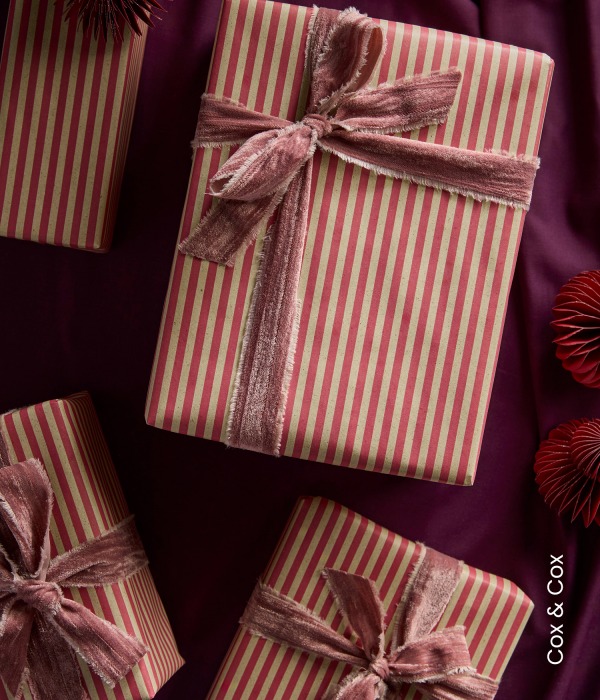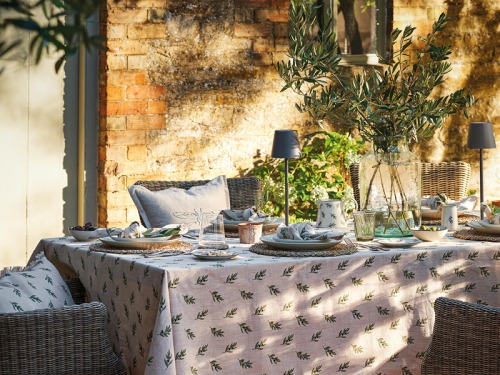What to Do in the Garden in August
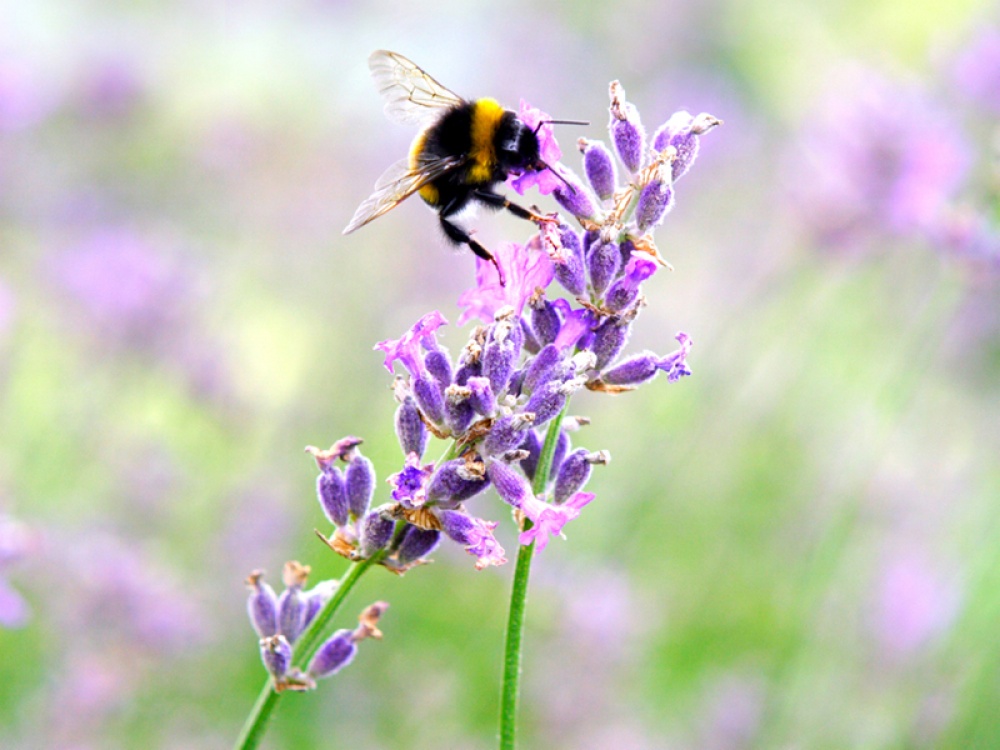
Living North's gardening expert Ross Pearson shares his advice on what needs to be done in the garden this month
You’ve spent months flinging compost, wrestling with hosepipes, and apologising to neighbours for your experimental pruning. Now, finally, you’re allowed to slow down… ish. There’s a kind of glorious messiness to August. The borders are full of plants that either look magnificent or have entirely collapsed onto the path. The lawn is surviving on a wing and a prayer. Tomatoes are rioting in the greenhouse, courgettes are multiplying like a maths problem, and the slugs are behaving like they own the place.
But despite the chaos, or maybe because of it, this is a brilliant time to be in the garden. It’s no longer about perfection; it’s about soaking it all in before the year starts packing up its tools. The pace is slower, the colours are louder, and the weeds are bolder. You’re not trying to win prizes now. You’re just trying to keep the cosmos upright and the greenhouse from becoming a jungle. So, take a moment. Grab a drink, pull up a deckchair, and admire what’s survived the summer so far. It’s hot, it’s slightly overgrown, and you’ve definitely missed a few watering cans’ worth of attention, but it’s still your patch, and it’s doing just fine.
There are still jobs to do, of course (this isn’t a spa retreat), but August gardening is less about panic and more about pottering with purpose, and the occasional emergency dash when the sweet peas start sulking again.
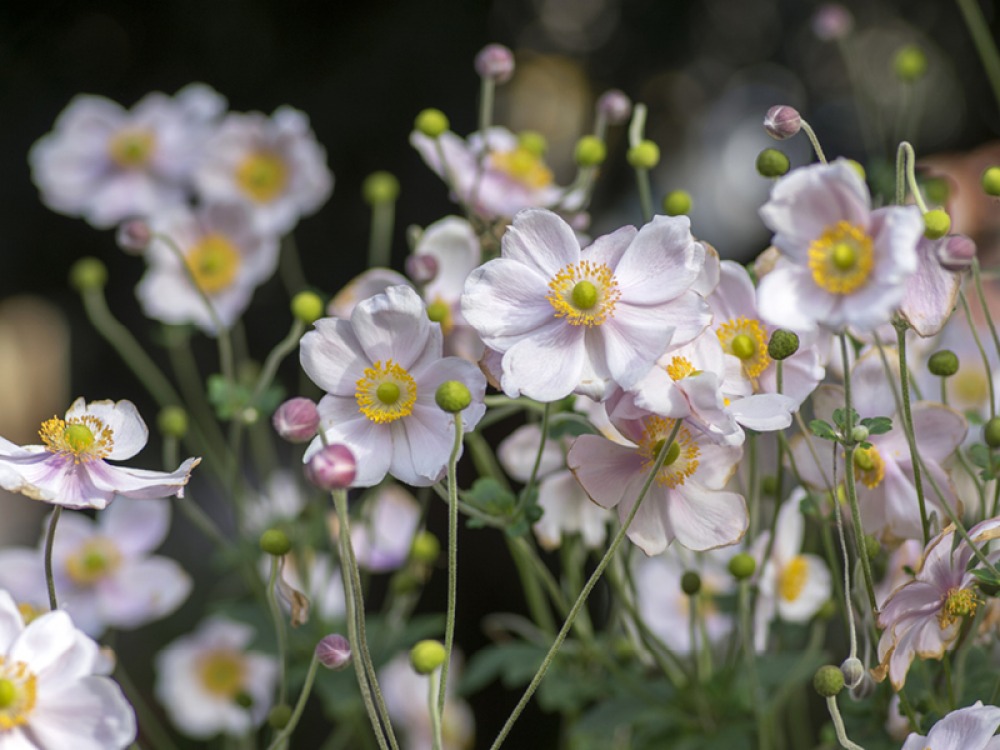
Japanese Anemone (Anemone × hybrida)
If there’s one plant that shows up in late summer like it owns the place, cool, unbothered, and not trying too hard, it’s the Japanese anemone. Think of it as the friend who turns up to a barbecue late, looking effortlessly put-together while everyone else is sunburnt and covered in ketchup. Tall, elegant, and somehow always in the right light, Japanese anemones drift into the garden just as other perennials are calling it a day. They don’t compete with the louder summer stars, they simply appear, wave their delicate petals around, and quietly steal the scene without breaking a sweat.
Plant
With tall, wiry stems and delicately cupped flowers in shades of soft white, pink, or blush, Japanese anemones light up shady borders just as other perennials begin to fade. They are capable of forming a quiet colony beneath trees or against a north-facing wall, where so many other plants give up and sulk. ‘Honorine Jobert’ is the classic white cultivar, timeless and dignified. For pink tones, try ‘September Charm’ or ‘Queen Charlotte’.
Care
They’re not without quirks. They can be stubborn about establishing, but once settled, they’re practically impossible to shift. Make sure they aren’t muscled out by earlier flowering plants and have plenty of space to spread out. Look after them and they’ll show up year after year.
Lavender pruning
Once the purple haze has passed, lavender begins to look distinctly scruffy. Trim it back now to just above the woody growth, shaping it into neat mounds. Do not be tempted to cut into old wood, lavender is deeply unforgiving and will sulk or die. Don’t throw away your clippings – instead, tie the spent flowers in bunches and dot them around the house, stuffed in drawers and perched on shelves, to fill your room with a subtle, calming aroma.
Beware of uninvited guests
August isn’t just peak time for barbecues and ripening fruit, it’s also high season for garden pests turning up uninvited. Wasps hover around anything sweet, including you, your drink, and your entire plum crop. Aphids are staging last-ditch invasions on anything green and juicy, while caterpillars are quietly munching their way through your brassicas like they’ve booked an all-inclusive. Keep an eye under leaves, shake out any suspicious clusters, and don’t be afraid to bring in the hose or a firm blast of organic spray. The garden might look peaceful, but under the surface it’s an all-out turf war.
Sow biennials now
If you’ve ever marvelled at the early flowers in someone else’s spring garden and muttered ‘why don’t mine look like that?’, here’s the secret: they sowed biennials in August. Foxgloves, honesty, wallflowers, and sweet rocket should be sown now and planted out in autumn. You’ll forget all about them by then, of course, but come May, you’ll feel impossibly clever.
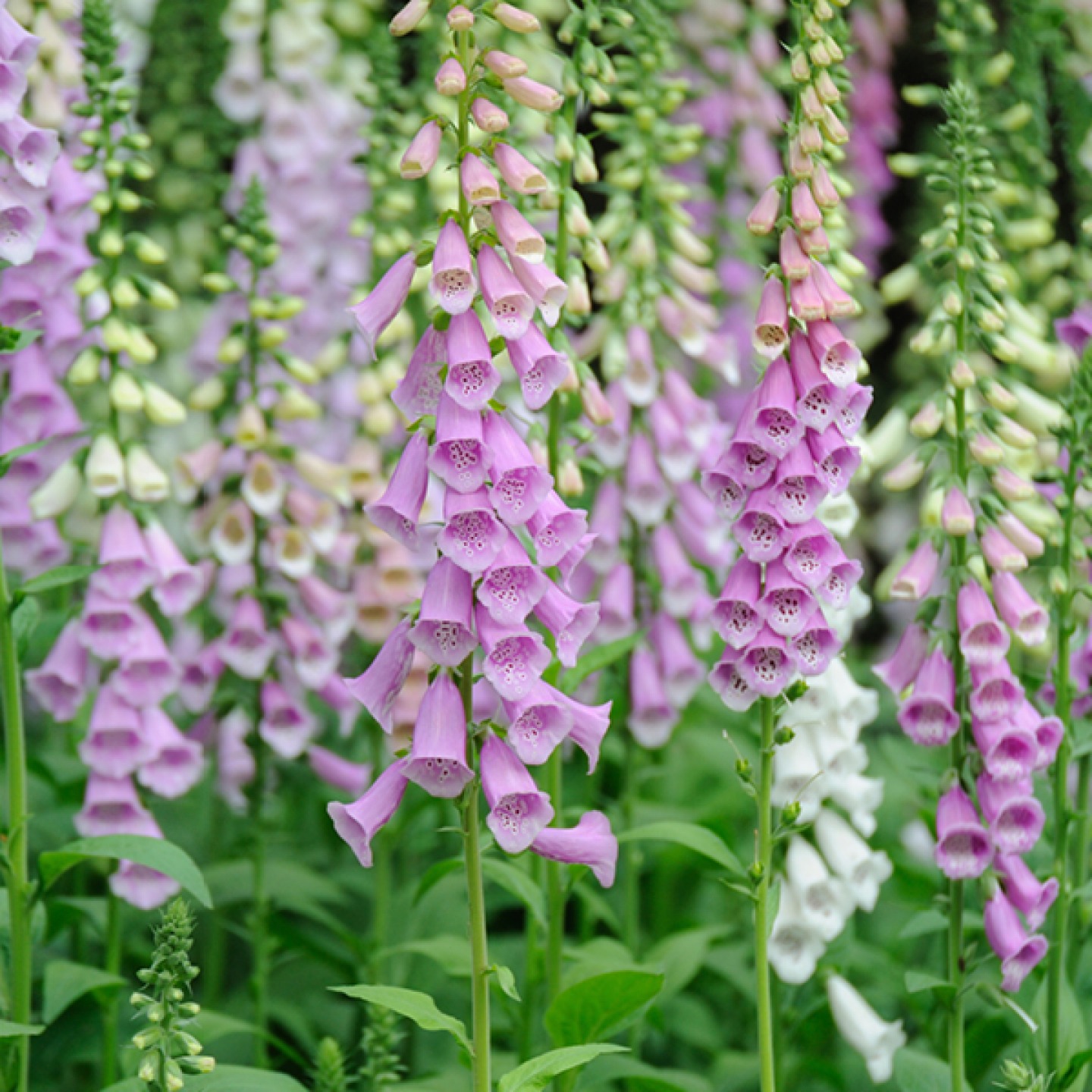

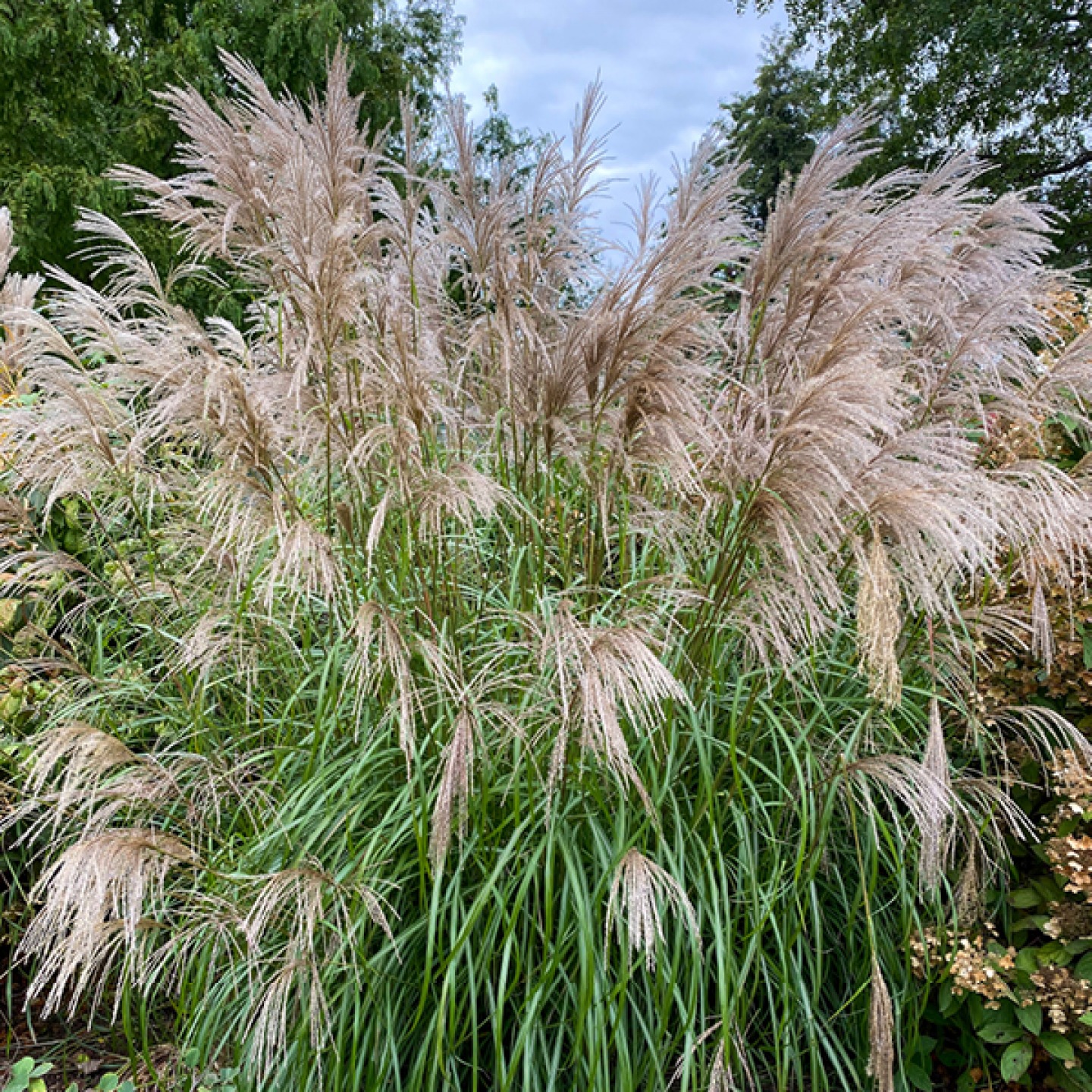
Revive containers and hanging baskets
By now, many containers look like they’ve been dragged through a hedge backwards. Pull out anything leggy or finished, feed generously, and consider replacing tired annuals with something fresh for late summer such as fuchsias, trailing ivy or ornamental grasses. A quick refresh can carry pots well into autumn.
Shrub trim
Some shrubs have ideas above their station by now. Philadelphus, weigela and deciduous viburnums, for example, may have finished flowering weeks ago but are still charging off in every direction like they’ve had too much coffee. Now’s the time to give them a tidy, not a full chop, but a gentle reshape. Snip back this year’s growth by about a third, aiming to restore a good outline and stop them smothering their neighbours. Focus on cutting out any dead, crossing or overly-enthusiastic stems. Just don’t go hacking into the old wood, that’s winter’s business. August pruning is about restraint, not revenge.
Tidy ornamental grasses
Ornamental grasses are usually the cool customers of the garden, but even they start to look a bit wild-eyed by late summer. Miscanthus, pennisetum and the like may be throwing up flowering plumes, but the lower foliage can start to go brown or messy. Now’s the time for a bit of grooming; run your hands through the clumps (gloves on, unless you enjoy paper cuts) and gently pull out dead or faded leaves. You’re not cutting them back fully, just giving them a tidy-up so they keep looking sharp into autumn.
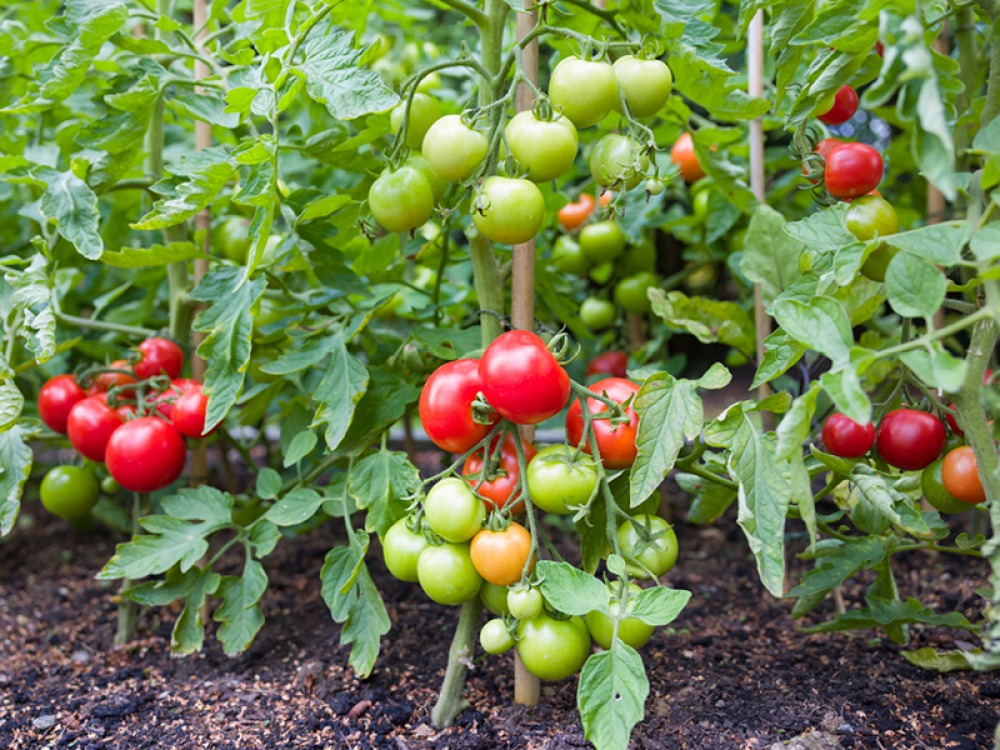
Tomatoes: treat them mean, keep them keen
At this stage of the year, tomato plants resemble tangled jungles of indecision. Now is the time for discipline. Remove lower leaves to improve airflow and prevent blight. Pinch out side shoots (unless you’re growing bush types) and stop the main stem after about five trusses to concentrate energy on ripening. Sometimes you have to be cruel to be kind.
Harvest with intent
There’s something deeply satisfying about harvesting your own food, but do it with purpose. Lift potatoes before slugs find them. Pick courgettes while they’re still small and charming, rather than waiting until they resemble something you’d enter in a country fair. Beans should be picked regularly to keep the plants productive. And always, always bring a basket… you’ve put the work in, you might as well look the part.
Strawberry runners
Your strawberry plants are probably sending out runners like they’re trying to colonise the entire allotment. While this enthusiasm is impressive, it can quickly turn into a tangled, leafy land-grab. Now’s the time to step in. If you want new plants for next year, peg a few healthy runners into pots of compost and let them root in place – free plants, no complaints. The rest? Ruthlessly snip them off so your main plants can conserve energy and stay productive. Left unchecked, they’ll drain the life out of the mother plant and leave you with a lot of leaves and not many berries. Quick job, big payoff. Plus, who doesn’t like feeling slightly in control of something?
Sow now for autumn and beyond
It’s not all about harvesting. Now is also the time to sow crops for autumn and even winter. Try chard, kale, pak choi, spinach, and turnips. They’ll relish the warm soil and shorter days. Think of it as an investment, one that will pay out when the rest of the plot is under snow and regret.
Tidy with caution
Yes, you want to keep things shipshape. But remember that a little mess is a lifeline for wildlife. Leave a corner of the plot wild. Don’t be too eager to clear spent crops. Hollow stems, seed heads, and tangled undergrowth all offer refuge for beetles, spiders, and other beneficial creepers and crawlers. Nature rewards the slightly untidy. As an added bonus, any seeds that are left to develop and collected once dried will save you money next year.
Prune summer raspberries
If your summer-fruiting raspberries have finished producing, now’s the time to grab your secateurs and do a bit of strategic chopping. Cut out the old, brown canes that fruited this year right down to the base, those are done and dusted. Keep the fresh green canes that grew this season; they’re the ones that will fruit next summer, so treat them like VIPs. Space them out a bit and tie them to supports if needed, giving them room to breathe and reducing the chance of disease. Skip this step and you’ll end up with a bramble-like mess by autumn, complete with scratched arms and a lot of choice words. A quick prune now means healthier plants, better berries, and far less wrestling with rogue canes next year.

